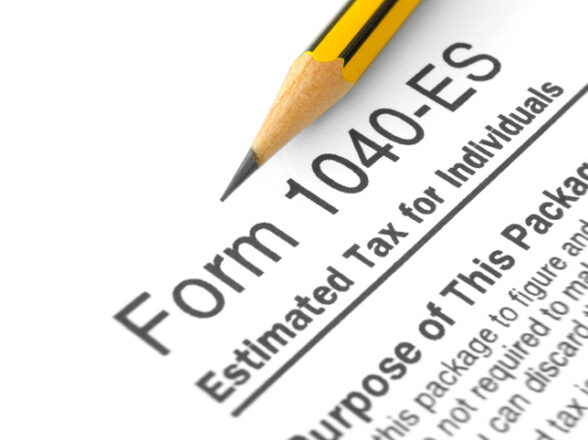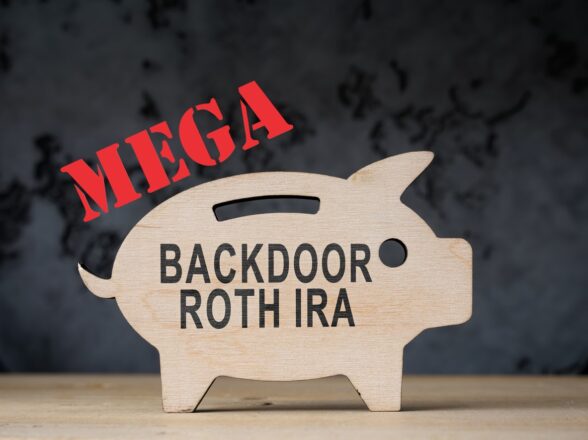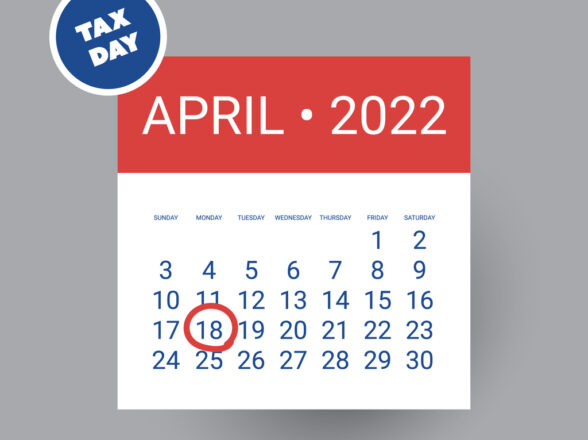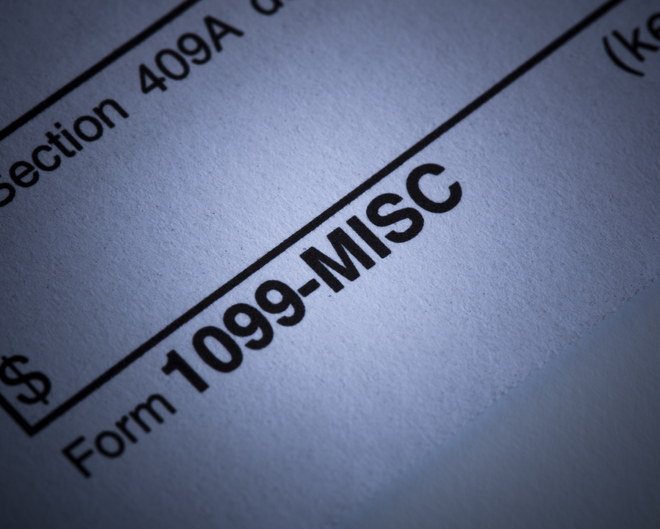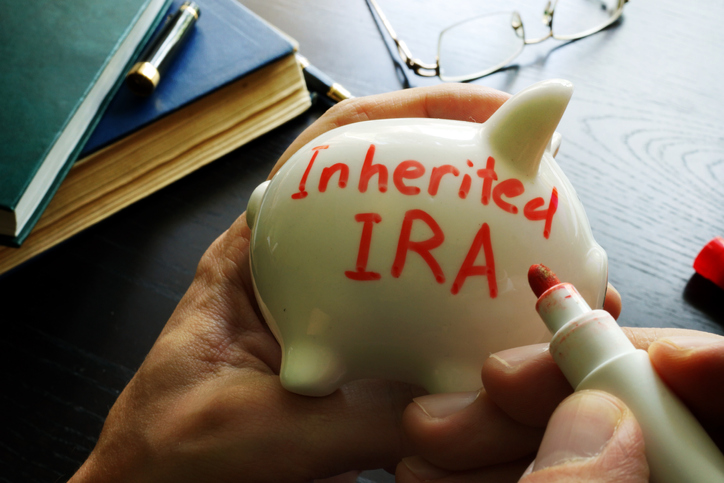Blog
Boosting Your 401(k) Contributions Can Now Benefit College Aid

The landscape of college financial aid is constantly evolving, and thanks to new federal rules, there’s a promising opportunity for parents to boost their child’s access to funding. By increasing pre-tax contributions to your 401(k) or similar retirement plans, you not only secure your own future but also enhance your child’s chances of receiving federal financial aid.
Until now, the Free Application for Federal Student Aid (FAFSA) included a requirement for parents to input their pre-tax retirement plan contributions. This approach resulted in those contributions being added back to the parents’ total income during the aid calculation process, thereby causing reduced financial aid for students. The inclusion of pre-tax retirement plan contributions in the FAFSA calculation raised concerns among families who rely on financial aid to support their children’s education. Many argued that these contributions should not be considered as part of a family’s available income when determining eligibility for student aid. Fortunately, under the new rules, pre-tax contributions to retirement accounts are now excluded from a family’s income thus increasing the potential for need-based financial aid. As a reminder, retirement contribution limits were increased for 2023 as compared to last year. For 2023, the maximum annual contribution limit for a 401(k) is $22,500 (up from $20,500) and $6,500 for an IRA (up from $6,000). For individuals aged 50 or older, the catch-up contribution limit is then $30,000 for a 401(k) and $7,500 for an IRA.
In addition to this helpful change in the treatment of pre-tax retirement contributions, there are a few other financial factors to consider when planning for your child’s education. First, when determining your income, FAFSA always reviews income from two years earlier. Therefore, if possible, consider deferring the sale of assets at a gain or exercising in-the-money stock options to a year that better corresponds to submitting a FAFSA. Another consideration surrounds the declaration of assets and which assets are included or excluded from aid calculations. Retirement account assets are excluded as is primary home equity value and life insurance value; however, bank accounts, taxable brokerage accounts, equity in investment real estate, equity in small businesses, and 529 plans are included in your reportable assets. If applicable, it might make sense to move some cash and/or taxable brokerage assets into a Roth IRA, thus excluding these assets. Lastly, while 529 plans are included in your reportable assets, under the new rules, if someone other than you or your child is listed as the owner, then the 529 assets become excluded. In this case, you would want to ensure that this was a trusted owner because that individual would have control over the assets to do as they wish. Listing a trusted relative like an aunt or grandparent should mitigate this risk and you can still contribute to this plan even if you are not listed as the owner.



















